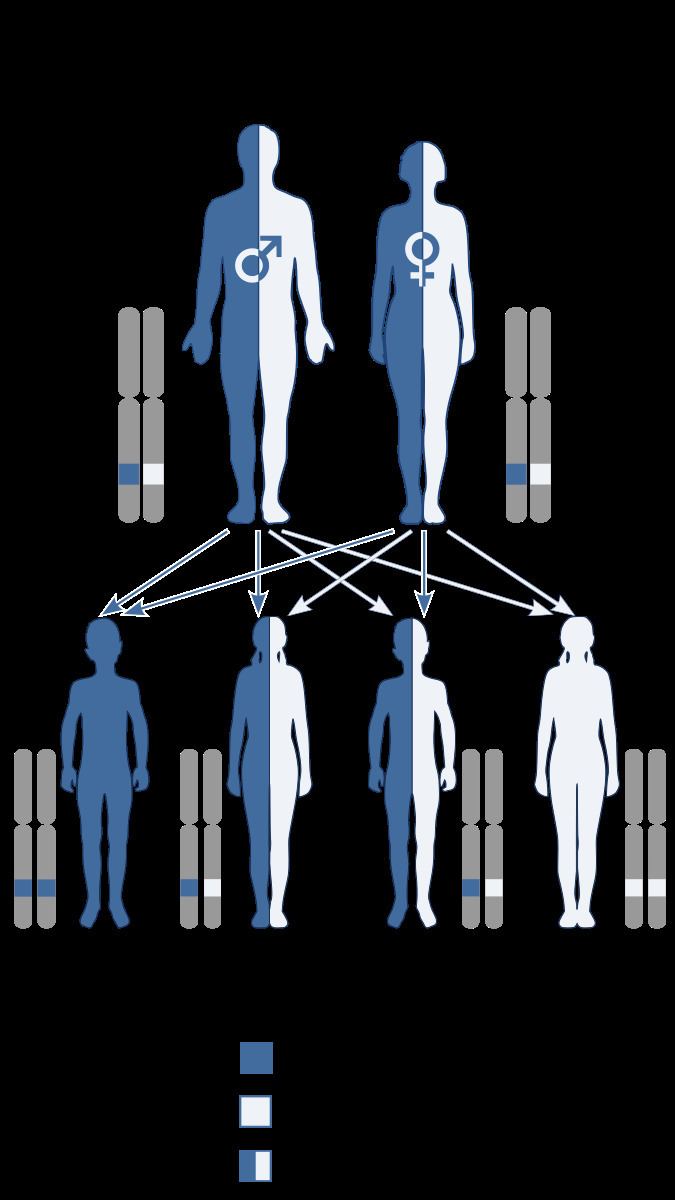OMIM 274270 MeSH D054067 | DiseasesDB 29817 | |
 | ||
Dihydropyrimidine dehydrogenase deficiency (DPD deficiency) is an autosomal recessive metabolic disorder in which there is absent or significantly decreased activity of dihydropyrimidine dehydrogenase, an enzyme involved in the metabolism of uracil and thymine.
Contents
Individuals with this condition may develop life-threatening toxicity following exposure to 5-fluorouracil (5-FU), a chemotherapy drug that is used in the treatment of cancer. Beside 5-FU, widely prescribed oral fluoropyrimidine capecitabine (Xeloda) could put DPD-deficient patients at risk of experiencing severe or lethal toxicities as well.
Genetics
DPD deficiency is inherited in an autosomal recessive manner. This means the defective gene responsible for the disorder is located on an autosome, and two copies of the defective gene (one inherited from each parent) are required in order to be born with the disorder. The parents of an individual with an autosomal recessive disorder both carry one copy of the defective gene, but usually do not experience any signs or symptoms of the disorder.
Epidemiology
Current research suggests that nearly 8% of the population has at least partial DPD deficiency. A diagnostics determination test for DPD deficiency is available and it is expected that with a potential 500,000 people in North America using 5-FU this form of testing will increase. The whole genetic events affecting the DPYD gene and possibly impacting on its function are far from being elucidated, and epigenetic regulations could probably play a major role in DPD deficiency. It seems that the actual incidence of DPD deficiency remains to be understood because it could depend on the very technique used to detect it. Screening for genetic polymorphisms affecting the DPYD gene usually identify less than 5% of patients bearing critical mutations, whereas functional studies suggest that up to 20% of patients could actually show various levels of DPD deficiency.
Women could be more at risk than men. It is more common among African-Americans than it is among Caucasians.
Detecting DPD deficiency
A small number of genetic variants have been repeatedly associated with DPD deficiency, such as IVS14+1G>A mutation in intron 14 coupled with exon 14 deletion (a.k.a. DPYD*2A), 496A>G in exon 6; 2846A>T in exon 22 and T1679G (a.k.a. DPYD*13) in exon 13. However, testing patients for these allelic variants usually show high specificity (i.e., bearing the mutation means that severe toxicity will occur indeed)but very low sentivity (i.e., not bearing the mutation does not mean that there is no risk for severe toxicities). Alternatively, phenotyping DPD using ex-vivo enzymatic assay or surrogate testing (i.e., monitoring physiological dihydrouracil to uracil ratio in plasma) has been presented as a possible upfront strategy to detect DPD deficiency. 5-FU test dose (i.e., preliminary administration of a small dose of 5-FU with pharmacokinetics evaluation) has been proposed as another possible alternative strategy to secure the use of fluoropyrimidine drugs.
What Health Agencies say
Detecting DPD deficiency in patients scheduled for 5-FU-based therapy is not officially recommended by health agencies. "Known DPD deficiency" is a contra-indication for patients scheduled for capecitabine. However, no clear definition for DPD deficiency and no indications regarding the best test to be used to know that a patient is DPD-deficient or not are provided.
